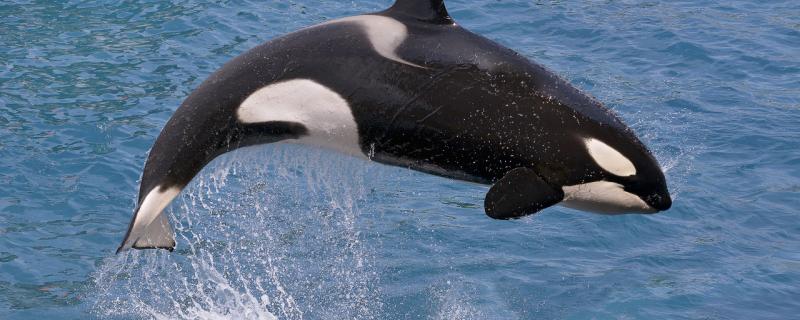 1. Which is the best killer whale or blue whale
1. Which is the best killer whale or blue whale Blue whale is the largest species in the world. Even killer whales will not actively attack adult blue whales, but they will prey on young blue whales. Of course, for blue whales, it is not helpless to face killer whales besieging their cubs. The most common way is to run. Their slender bodies are very suitable for sprinting. Although they are slightly slower than killer whales, they still have a chance to escape. Killer whales can only push them into dead corners if they want to prey.
2. What are the characteristics of blue whales1. Feeding habits: Blue whales feed on plankton, and krill is the most common food. A blue whale can eat 2-5 tons of food a day and swallow 2 million krill at one time. It can find dense krill groups, which usually forage in deep water during the day and on the water surface at night. After swallowing krill, the seawater will be discharged.
2. Breathing: The blue whale is a mammal, so it breathes with its lungs. Although it can dive underwater, it still swims to the surface at regular intervals. Usually, it doesn't breathe once every 10-15 minutes. When breathing, it first emits carbon dioxide from its nostrils, then inhales oxygen. When breathing, it often sprays water columns with a height of 10 meters.
3. Activity: Blue whales usually seldom move in groups, most of them live alone, and some of them move together with 2-3. Its size is huge, and it usually moves slowly, but it can burst at an amazing speed at critical moments.